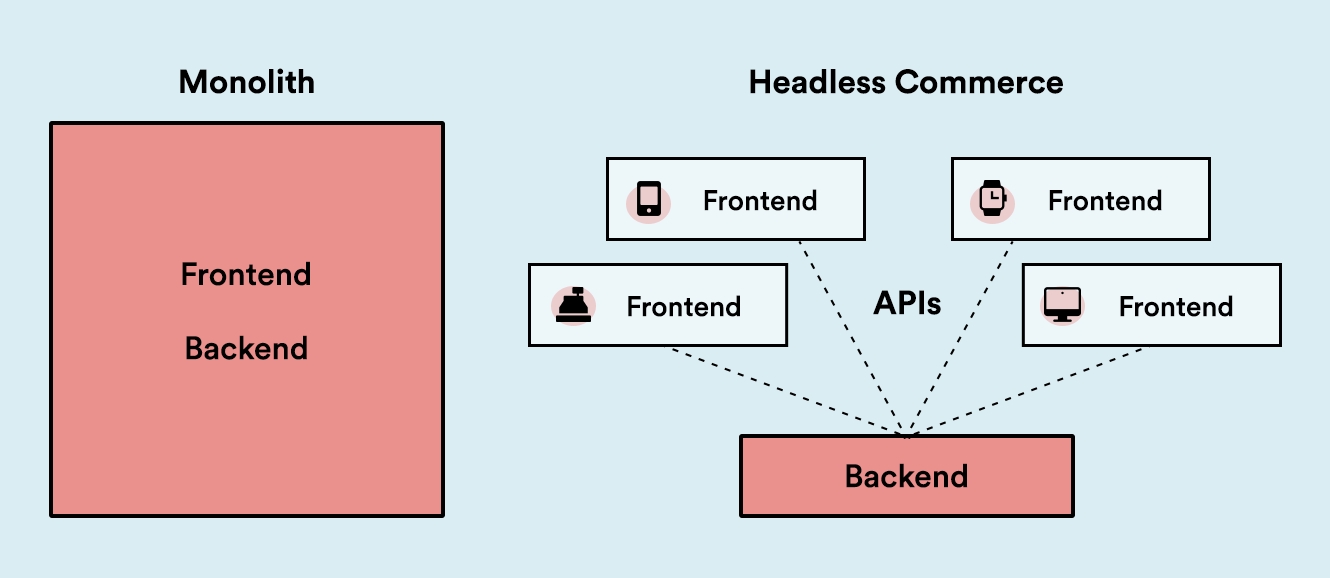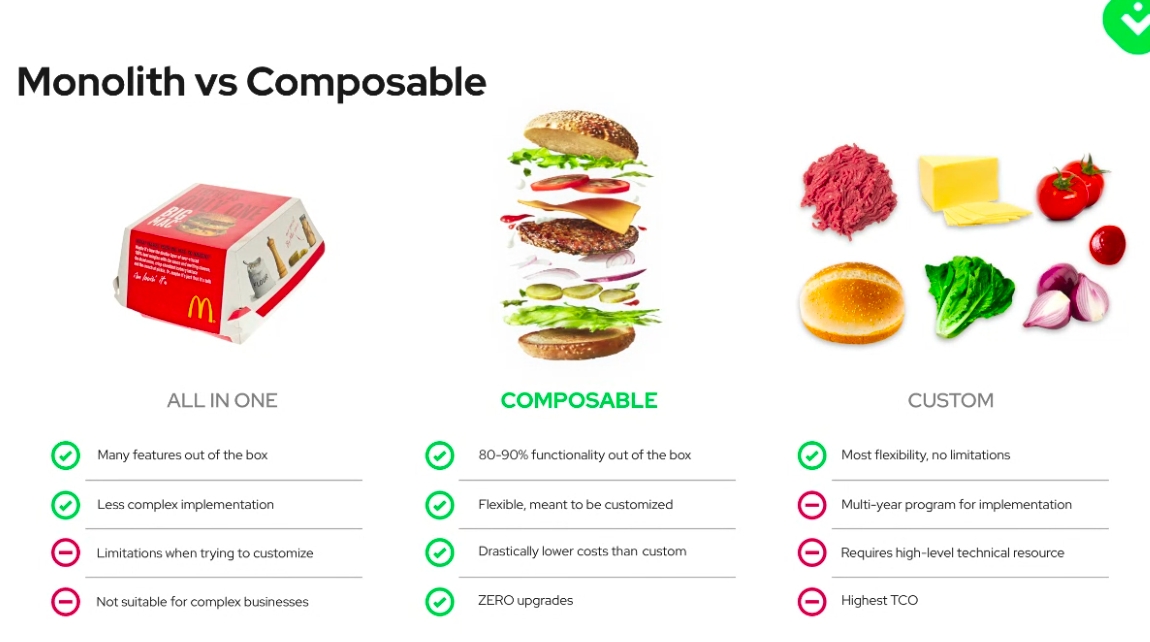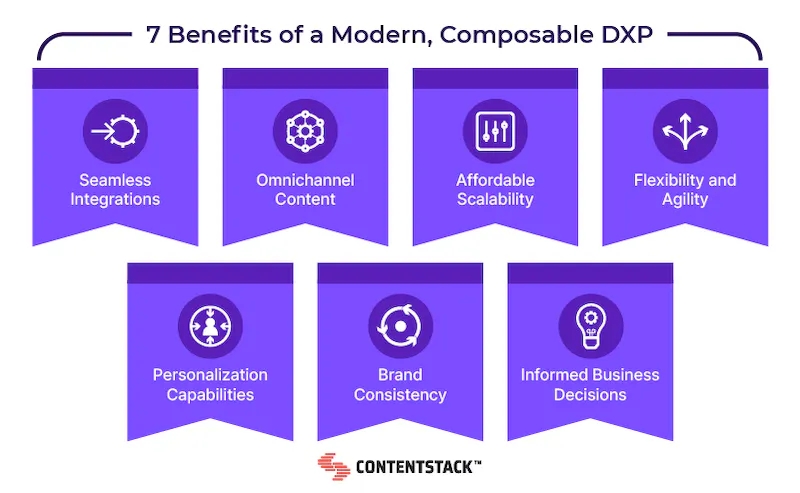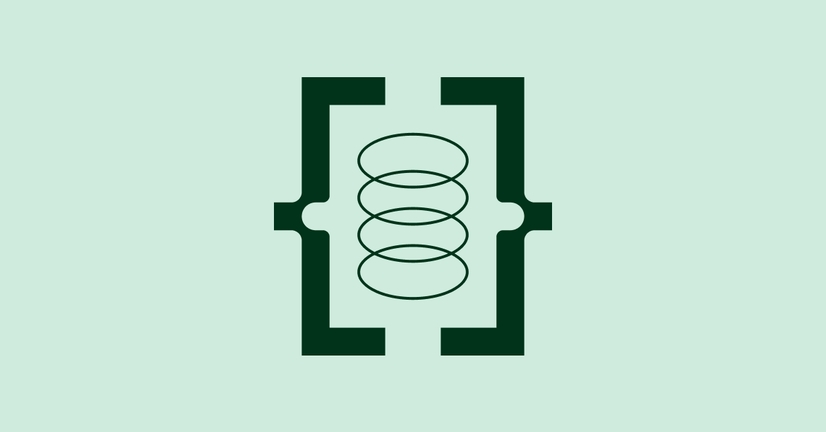Explore by Category:
Headless Commerce
Headless vs Composable vs MACH – Which Approach Will Drive the Future of eCommerce?
Various eCommerce brands are moving away from traditional eCommerce platforms (monolithic architectures) to more flexible and modular systems. Amazon, Coca-Cola, eBay, Netflix, Spotify – you name it – all have replaced their legacy software to help their businesses grow.
And at the heart of this digital transformation are headless, composable, and MACH (Microservices, API-first, Cloud-native, and Headless) technologies that are changing the way eCommerce businesses operate.
These modern technologies allow eCommerce services to innovate quickly and provide a personalized customer experience across multiple channels based on data-driven consumer behavior.
But what exactly are the headless, composable, and MACH approaches, and which one should you choose? This post has all the answers!
Headless vs composable vs MACH architecture: What’s the difference?
Headless architecture

Headless architecture is an innovative approach to digital retail that separates the frontend and backend systems – separates the “head” from the “body” in the system, hence the name. This decoupling allows businesses to focus on the customer experience on the frontend without having to worry about how it impacts the backend processes.
Think of it as a restaurant kitchen: you can cook the dish according to Chef’s demands (aka handling large data, meeting security protocols, and ensuring the uptime is guaranteed), but a server can arrange it in any way they like on the plate to ensure the client likes the presentation (your storefront).
.png?width=768&auto=webp&format=pjpg&disable=upscale&quality=100&dpr=2)
Benefits of headless architecture
Headless means greater flexibility, enabling businesses to make changes to their website or app quickly and easily.
It also promotes agility, helping businesses to easily adapt to changing consumer behaviors and market trends.
Finally, headless architecture supports omnichannel retailing, providing a consistent shopping experience across multiple channels and devices.
In eCommerce, headless provides a high degree of flexibility and customization, allowing businesses to deliver rich customer experiences across various channels. By decoupling frontend from backend, it supports omnichannel retail, as now you can push content uniformly across multiple platforms and devices.
Here, it's important to talk about headless content management systems (CMSs), which allow enterprises to also separate content from delivery layers and ensure seamless content is accessible across different digital platforms like websites, mobile apps, and wearables.
A case in point: Tesla redefines customization in automotive
Tesla implemented a headless architecture to optimize and personalize their customers’ purchasing experience by letting them choose specific materials and colors for their cars.
The company relied on flexible API-driven features to accelerate all the essential elements of the purchase process: customer service, delivery, trial, and refunds. As such, on top of already having a dedicated customer base, this relatively small tweak helped Tesla stand out even more in the automotive world and empowered car buyers to feel more involved with the product from the start.
Now that we’ve covered the basics of the headless approach let’s move on to the next big thing – composability.
Composable architecture

Composable architecture is a new buzzword in the world of technology as it's transforming the way we approach eCommerce and business solutions – we even have a dedicated term here: composable commerce. Simply put, composable commerce allows building flexible, adaptable systems by assembling various components of the best-of-breed solutions into a single product.
So, instead of having to work within a single system of your website, composable architecture allows you to select the best features from third-party vendors to integrate with your solution. It’s a lot like building with LEGO bricks!
.png?width=768&auto=webp&format=pjpg&disable=upscale&quality=100&dpr=2)
This way, the composable approach provides an unparalleled level of agility and flexibility that traditional monolithic systems simply can't match.
Benefits of composable architecture for eCommerce
If one component needs to be updated or replaced, it doesn't affect the rest of the system. Each component is designed with specific tasks in mind (e.g., processing payments, managing customer data, or handling inventory for an eCommerce business). Composable architecture allows you to work with all the different components to build a single product.
Adapt to market changes and customer demands without having to rebuild your entire system from scratch. Whether you're looking to add a new payment method, integrate a new CRM system, or overhaul your entire shopping experience, composable commerce allows you to introduce modifications hassle-free and keep track of the changing market trends .
A more personalized customer experience. Composable commerce allows you to adopt a modular approach based on selecting the best-of-breed technologies for your customers' unique needs. As a result, you are able to deliver better, more targeted experiences to your audience without overloading your tech stack.
This is the point where most people get confused. So are headless and composable architectures different, or are they, in fact, the same thing?
Headless vs composable commerce – different or two sides of the same coin?
.png?width=768&auto=webp&format=pjpg&disable=upscale&quality=100&dpr=2)
While both headless and composable commerce offer significant advantages, they cater to different needs. Headless commerce may be ideal for businesses seeking greater flexibility and speed, while composable commerce may be perfect for those looking for tailor-made solutions that can grow with their business.
Similarities between headless and composable architectures
The two obviously have a lot in common:
Modularity – both architectures embrace modular design principles, enabling components to be developed, deployed, and managed independently. This translates to agility and scalability.
Flexibility – businesses can customize their eCommerce platforms to meet specific business needs and user preferences. This is particularly important when engaging in rapid experimentation and iteration.
API-Centric – both architectures rely heavily on APIs to facilitate communication between different components and services.
However, they also come with a fare share of unique attributes to keep an eye on.
Differences between headless and composable architectures
Not to get in too deep with technological aspects, here are some of the core points to focus on when comparing headless to composable:
Focus – composable architecture focuses on assembling interchangeable components to create customized eCommerce solutions. The headless approach prioritizes the decoupling of the frontend presentation layer from the backend.
Granularity – composable architecture involves a finer level of granularity, with individual components representing specific functionalities or services (e.g., checkout, product catalog, payment processing, inventory management). Headless architecture tends to have coarser granularity, with the frontend and backend separated into distinct layers.
Interoperability – the composable architecture’s modular nature standardized interfaces and communication protocols between components. However, headless architecture requires additional effort to integrate with external systems due to the separation of the frontend and backend.
To sum up, headless architecture focuses on separating the presentation layer from the data management systems, while composable architecture further divides the backend functions into independent services for increased flexibility.
Now, how does MACH exactly fit into this whole setup?
MACH technology explained
.png?width=768&auto=webp&format=pjpg&disable=upscale&quality=100&dpr=2)
Strictly speaking, MACH shouldn’t be on this list of comparisons. After all, it’s not an architecture per se. Instead, the term MACH – an abbreviation for Microservices, API-first, Cloud-native, and Headless – are the design principles behind modern enterprise technology. We will be using the term “ MACH architecture ” with that understanding in mind.
- Microservices: In a microservices architecture, the application is divided into small, independent services. Each service is focused on a specific business function and can be developed, deployed, and scaled independently. This modular approach allows for easier maintenance and faster deployment of new features. And if that sounds familiar – you're on the right track, as microservices are oftentimes considered the basis of composability.
- API-first: This principle dictates that applications should be designed with their APIs as the primary interface. APIs (Application Programming Interfaces) allow different services and applications to communicate and interact with each other. An API-first approach ensures that the integration between different services is smooth and efficient, as opposed to the monolithic architecture where all the different features would have to be built-into the original setup.
- Cloud-native: The next MACH principle refers to applications that are designed specifically for cloud environments. This involves using cloud-specific features and services, such as containerization, orchestration (like Kubernetes), microservices, and serverless computing. Cloud-native applications are built to leverage the scalability, flexibility, and resilience offered by cloud computing platforms.
- Headless: And, finally, MACH principles promote headless architecture specifically for its ability to decouple frontend from backend. We've covered it quite extensively already, but let us just say that headless architecture is much more open towards agility and experimentation than monolithic.
Overall, the MACH architecture is designed to create more agile, scalable, and resilient applications that can quickly adapt to changing business needs and technological advancements. It is particularly well-suited for enterprises looking to transform their digital platforms and for environments that demand continuous innovation and fast responses to market changes.
What are the benefits of modernizing your eCommerce architectures?
Choosing the right tech stack isn’t just crucial for providing a better experience for your customers, it’s essential for the continued survival and growth of an eCommerce website. Without the proper architecture in place, it doesn’t matter whether you have a big or small website store, chances are – you’ll start to losing customers and your business.
But the significance of this choice doesn't end here. The major benefits of a modern composable stack are:
Seamless integrations
Omnichannel content
Affordable scalability
Flexibility and agility
Personalization
Brand consistency
- Informed business decisions

What about mobile commerce?
A big part of providing a good eCommerce experience are dedicated mobile apps. They’ve literally brought eCommerce to the buyers’ fingertips. With just a few taps on their smartphones, customers can browse through thousands of products, compare prices, read reviews, and make purchases from anywhere, anytime.
This convenience has led to a significant increase in online shopping, making mobile apps an indispensable tool for eCommerce businesses. In fact, according to GoGlobe, over 72% of consumers today think that mobile shopping apps make shopping easier.
And while a traditional commerce platform alone struggles to provide a seamless customer experience, modern technologies excel in this regard, allowing online businesses to sell across multiple channels efficiently.
Embracing MACH with a focus on headless technology and composability allows you to access more best-of-breed solutions faster and with less effort, taking your commerce operations beyond in-store vs mobile and truly unpacking the omnichannel approach.
Things to consider before implementing MACH
When it comes to choosing between headless and composable architectures within the MACH principles, there are several factors to consider. These modern architectural paradigms have the potential to greatly improve your organization's agility, scalability, and time to market. However, there are certain angles to consider before you move forward.
Business goals and objectives
It may sound obvious, but here it’s important to start from the actual business goals you have and not focus too much on what could end up being nice-to-have features. Carefully evaluate what your resources and capabilities are and weigh them against what each of the architectural approaches can provide.
Technical resources
Choosing composable, headless, or MACH architectures may require specialized skills in areas like API development, microservices architecture, and cloud-native technologies. Make sure to consult with your tech team whether they could provide the necessary expertise or access to external resources to support the implementation, maintenance, and future scaling plans.
Scalability and performance
Consider how each architecture supports scalability, elasticity, and high availability to accommodate growing traffic, transaction volumes, and changing business demands while maintaining optimal performance and reliability.
Security and compliance
While all three architectures offer security measures, consider what you need to focus on in your niche and sector, like privacy (e.g., GDPR, CCPA) or PCI-DSS compliance for payment processing. Research how each architecture addresses security vulnerabilities, data protection measures, and regulatory compliance to mitigate risks and ensure the integrity and confidentiality of customer data.
Vendor lock-in and flexibility
Third-parties can offer great benefits, but there’s also a risk of experiencing a vendor lock-in. Consider how each architecture enables vendor-agnostic integrations, open standards, and modular design principles to minimize dependency on proprietary technologies and ensure long-term flexibility and adaptability.
User experience
Probably one of the most important considerations. Headless, composable and MACH all offer customization and personalization, but they do so on different levels. Think about the impact of each architecture on user experience, content management, and frontend presentation. Think about how composable, headless, or MACH architectures enable flexible content delivery, personalized experiences, and omnichannel engagement across various devices.
Conclusion
Choosing between headless, composable, and MACH architectures ultimately depends on your business needs, resources, and long-term objectives. If customization and scalability are top priorities, headless or composable commerce might be the right choice. However, if you're looking for a truly modular, future-proof solution, investing in a MACH architecture could be the way to go.
Remember, the goal is to enhance the customer experience. By choosing the right tech stack, you can deliver innovative digital experiences that delight your customers and keep them coming back for more.
Share:
Share:
More in Frontend
Frequently asked questions
Ready to dive in? Schedule a demo
Get a live, personalised demo with one of our awesome product specialists.





















